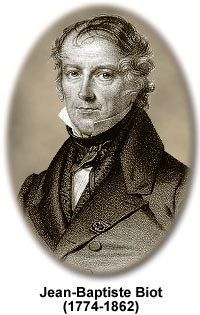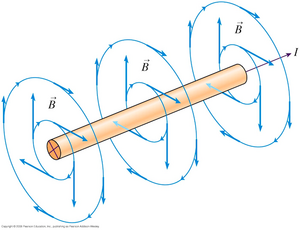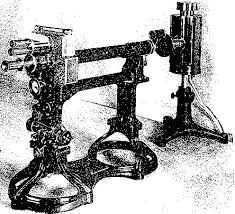Jean-Baptiste Biot: Difference between revisions
| Line 3: | Line 3: | ||
==Personal Life== | ==Personal Life== | ||
Jean Baptiste Biot was born in Paris, France on April 21, 1774 and died on February 3, 1862 when he was 88 years old in Paris. He started his study from the College of Louis-le-Grand and then joined army in 1793. He left the service to finish his education at École Polytechnique in 1794. Later, he was appointed as a professor at the University of Beauvais in 1797. In 1800, he came back to Paris as a mathematical physics professor at Collège de France and was elected as a member of the French Academy of Sciences in 1803. He was also elected as a foreign member of the Royal Swedish Academy of Sciences. He had a single son, Édouard Constant Biot, in 1803. His son died in 1850. Jean Baptiste Biot was very religious throughout his life. He studied astronomy, elasticity, electricity, magnetism, heat and optics. | Jean Baptiste Biot was born in Paris, France on April 21, 1774 and died on February 3, 1862 when he was 88 years old in Paris. He started his study from the College of Louis-le-Grand and then joined army in 1793. He left the service to finish his education at École Polytechnique in 1794. Later, he was appointed as a professor at the University of Beauvais in 1797. In 1800, he came back to Paris as a mathematical physics professor at Collège de France and was elected as a member of the French Academy of Sciences in 1803. He was also elected as a foreign member of the Royal Swedish Academy of Sciences. He won Rumford Medal for his research on polarization of light in 1840. He had a single son, Édouard Constant Biot, in 1803. His son died in 1850. Jean Baptiste Biot was very religious throughout his life. He studied astronomy, elasticity, electricity, magnetism, heat and optics. | ||
==Scientific Contributions== | ==Scientific Contributions== | ||
Revision as of 01:49, 3 December 2015
Claimed by Jin Soo Kim(jkim3096)

Personal Life
Jean Baptiste Biot was born in Paris, France on April 21, 1774 and died on February 3, 1862 when he was 88 years old in Paris. He started his study from the College of Louis-le-Grand and then joined army in 1793. He left the service to finish his education at École Polytechnique in 1794. Later, he was appointed as a professor at the University of Beauvais in 1797. In 1800, he came back to Paris as a mathematical physics professor at Collège de France and was elected as a member of the French Academy of Sciences in 1803. He was also elected as a foreign member of the Royal Swedish Academy of Sciences. He won Rumford Medal for his research on polarization of light in 1840. He had a single son, Édouard Constant Biot, in 1803. His son died in 1850. Jean Baptiste Biot was very religious throughout his life. He studied astronomy, elasticity, electricity, magnetism, heat and optics.
Scientific Contributions
Biot-Savart Law

Jean-Baptiste Biot discovered Biot-Savart Law with Felix Savart in 1820. They ran current through a wire and distant needle moved. In electromagnetism, Biot-Savart Law relates magnetic fields to the electric current or moving charge. Moving charges or electric currents create curly magnetic fields around the path. Biot-Savart Law calculates magnitude and direction of the magnetic field. Magnetic field is measured in tesla. The general formula for a moving single charge is  . The general formula for a short thin length of wire is
. The general formula for a short thin length of wire is  . [math]\displaystyle{ \hat{r} }[/math] vectors in both formulas are pointing from the point charge and wire.
. [math]\displaystyle{ \hat{r} }[/math] vectors in both formulas are pointing from the point charge and wire.
Saccharimetry

He also formulated Saccharimetry which demonstrated implementation of Optical Physics to Chemistry. The sugar solution rotates the plane of polarization when a polarized light beam passes through, and angle of rotation has direct relationship with the concentration of the solution. The more the angle rotates, there is higher concentration of substance in the solution. His new finding connected him with Louis Pasteur.